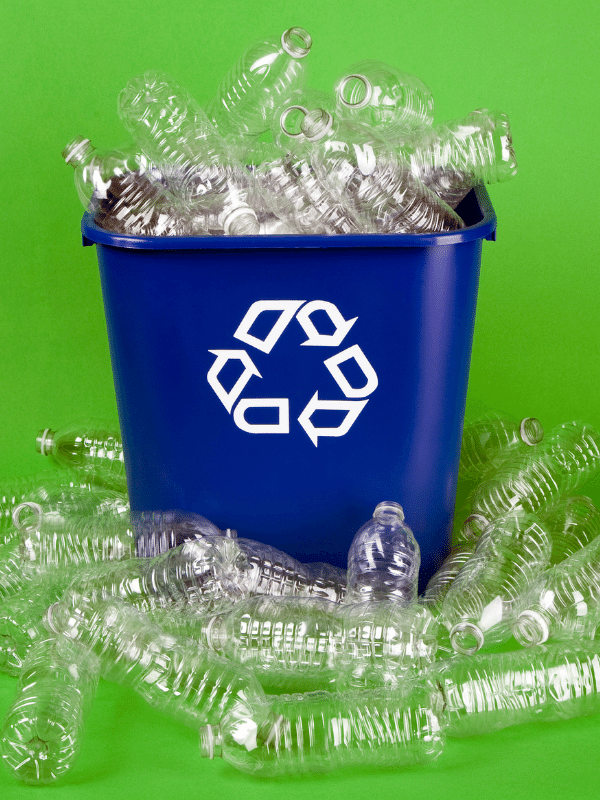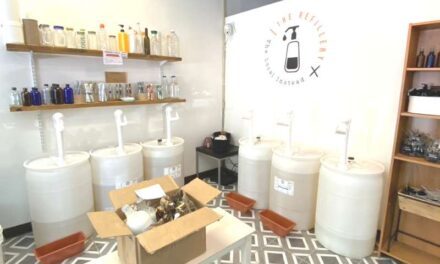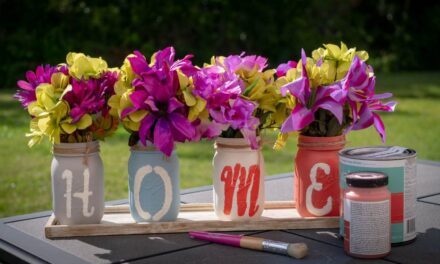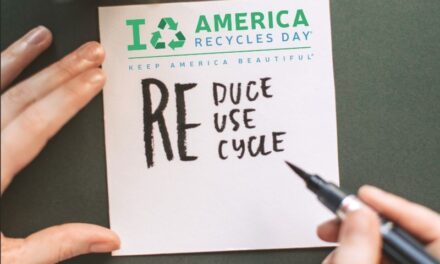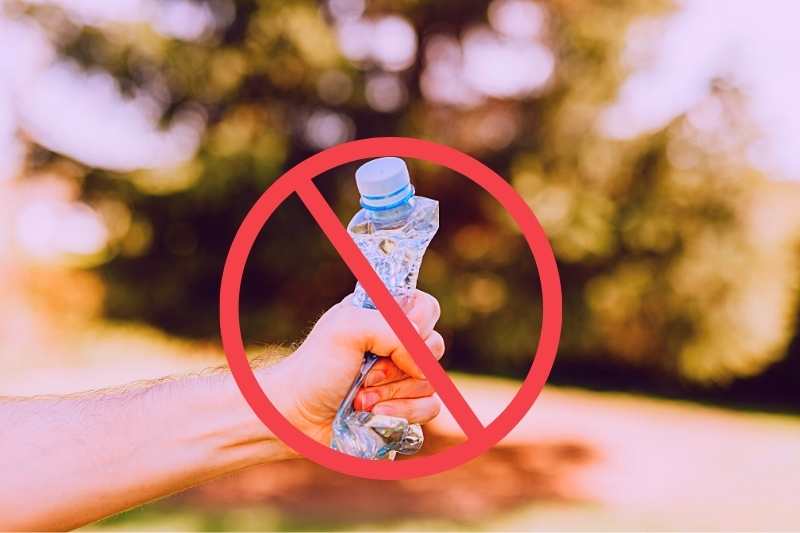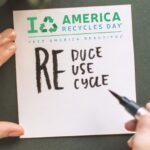September 16th is World Ozone Day. It’s actually the 35th anniversary of the Vienna Convention and 35 years of governments, scientists, and industry working together to protect the global ozone layer. Through combined effort, 99 percent of all ozone-depleting substances were cut out. As a result, the ozone layer is healing and expected to return to pre-1980 values by mid-century. Today, let’s take a moment to thank all of those who in 1985 raised the alarm concerning the importance of protecting the ozone layer (a fragile shield of gas that protects the earth from the harmful portion of the sun’s rays) and for helping preserve life on the planet.
When it comes to climate change and the climate crisis, we are at a similar nexus. 2020 is the year we must begin to work together as individuals, industry, scientists and governments to reduce carbon dioxide emission to net zero by 2050. Net zero simply means to put no more carbon into the atmosphere than can be taken out.
YOU can make a difference. Simple changes you make can have a direct and positive impact on reducing our carbon output. Start by committing to the three-R’s: Reduce. Reuse. Recycle.
Here are some ideas to get you started:
REDUCE: Ponder this for a moment: Plastic production has surged in the last 50 years. Just consider plastic bottles. Over 480 billion plastic bottles are sold per year. That equates to 40 billion per month; 1.4 Billion every day, and 54.9 million every hour. Almost one million plastic bottles are purchased every minute around the world! In the past 10 years alone, 4 trillion plastic bottles have been sold. The United States produces 34.5 million tons of plastic waste per year and half of it was designed to be used only once! Is it any wonder that we see plastic bottles littering the roadsides and our favorite rivers, lakes, and oceans?
Reducing the amount of plastic we consume is a step in the right direction. Avoid products sold in single-use plastic. Here are three easy first steps:
- Use your own beverage container. It’s time to STOP drinking bottled water from plastic bottles. There are so many beautiful and highly functional canteens and water bottles available. Bring your own water with you and refill it at the office or gym. It’s a great reflection on you and it tastes better and costs less. A triple benefit! Check out Corkcicle canteens. They are dedicated to making sustainable stylish and to bringing clean water to those in need.
- Use your own bags when shopping. Say no to plastic bags! It’s pretty easy, really. Put reusable bags in your trunk or purse. Include small mesh produce bags and larger tote and cooler bags.
- Say no to single-use plastic straws. There are just some things we do by habit. We take the plastic straw we’re offered with our beverage. Our wildlife and oceans beg you now to take a moment to think about the plastic straw and what happens to it when you are done using it. Where does it go? Well, the answer is pretty simple. The straw ends up in the trash, then in the landfill, then into wildlife or marine life, and then potentially into your body. I don’t know about you, but I don’t need to use a plastic straw enough to want to threaten birds, marine life, or to possibly ingest it myself. Say no thank you to the plastic straw. Bring your own beautiful paper, metal, or glass straw with you. Let us recommend Simply Straws.
Follow the three R’s: Reduce, Reuse, Recycle
REUSE: It’s trending! From the growth of high-quality second-hand fashion retailers like ThredUp to hourly car rental companies like Zipcar, reusing is the new cool. A big part of taking care of our planet is respecting the use of its natural resources. Curbing our appetite for cheap fast fashion (which has the added benefit of reducing the misuse of human resources) and being more mindful of our carbon footprint by sharing rides instead of using our own cars are just two examples of ways we can make a positive impact on the environment and still have fun. Here are are few other ideas:
- Buy used books and sell your well-read books to resellers.
- Donate or consign your gently used clothing and other items.
- Repurpose plastic and box packaging to organize a closet or pantry.
RECYCLE: When it comes to recycling you need to do what you can to put recyclable plastic into a place where it can be recycled. It’s important to note that, even if you throw the water bottle into your recycling trash can versus your regular trash bin, it may not in fact be recycled. Only about 3 of 10 plastic water bottles are actually recycled. Due to the high cost of recycling and cross-contamination, most plastic water bottles get incinerated or end up in landfills. Most water bottles are made of polyethylene terephthalate (PET) which can be recycled and reused as new bottles. Recycled PET plastic can also be used as building material for clothes, rugs, toys, and packaging materials.
- Check with your local recycling program to become familiar with the materials that can be recycled.
- Be sure to clean and recycle your plastic milk cartons, laundry detergent bottles, shampoo containers, etc. These are the plastics with a 1 or 2 within the recycle triangle icon found on the bottom of the container.
- Support recycling by purchasing products made from recycled-content products.
Lastly, as you joyfully practice implementing the three R’s, pay attention to the companies and brands that are producing and using the most plastics. Shy away from them and start supporting companies and brands that are reducing their reliance on plastic and other elements that harm our planet. We’re even more powerful in numbers. When we open our wallets and show our loyalty, companies listen.
What are you doing to protect our planet? We’d love to hear from you. Please leave a comment below.


